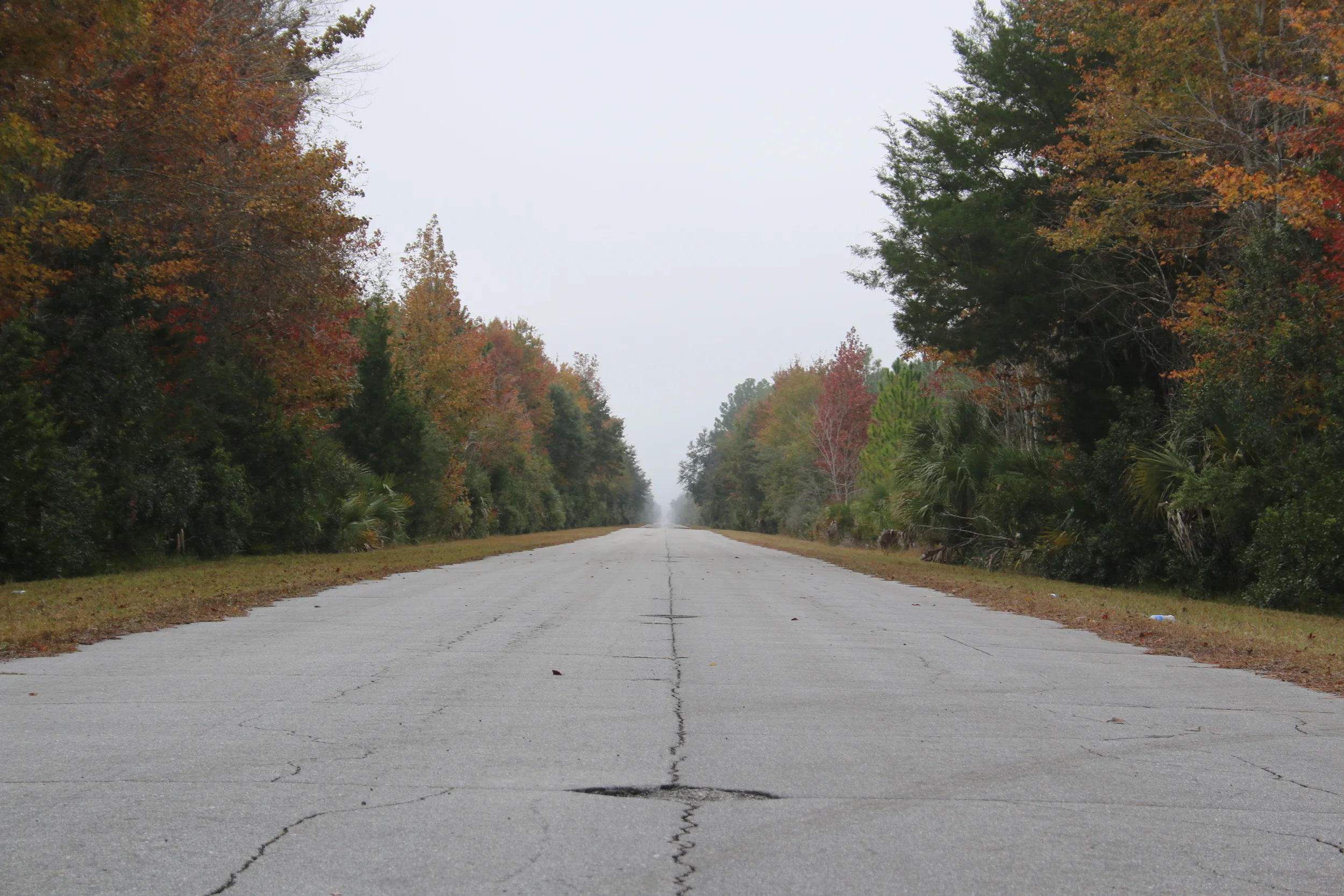History of Steinhatchee
/Historical Beginnings
Brevet General Zachary Taylor built 35 forts throughout Middle Florida to assist in the "pacification of the territory." One of these forts, Fort Frank Brooke was built on the lower Steinhatchee River. Early maps refer to the river as "Achenahattchee" or "Esteen-hatchee" and "Esteen-E-Hatachre. "As early as the 1700s, maps labeled the river mouth and bay as "Dead Man Bay."
The military presence pressured the Indian groups into southern Florida's everglades region and homesteading gradually began. In 1856 the southern two thirds of Madison County became Lafayette and Taylor counties. The first county census totaled 1,837 residents. Steinhatchee and Taylor County's most significant contribution to the Confederacy's Civil War efforts was the procurement of salt from seawater. The remains of these "salt works" are still evident along the mud flats and salt marshes.






